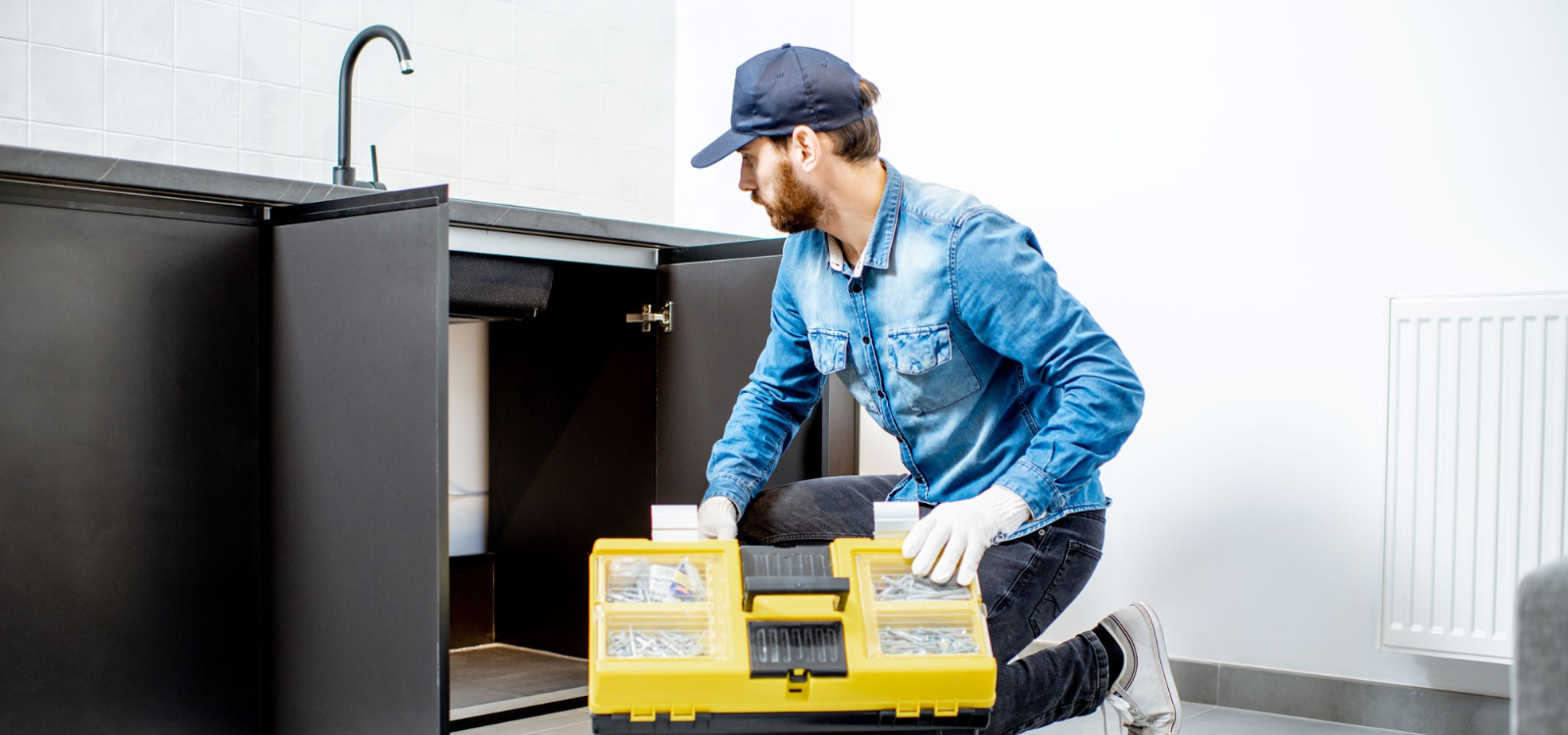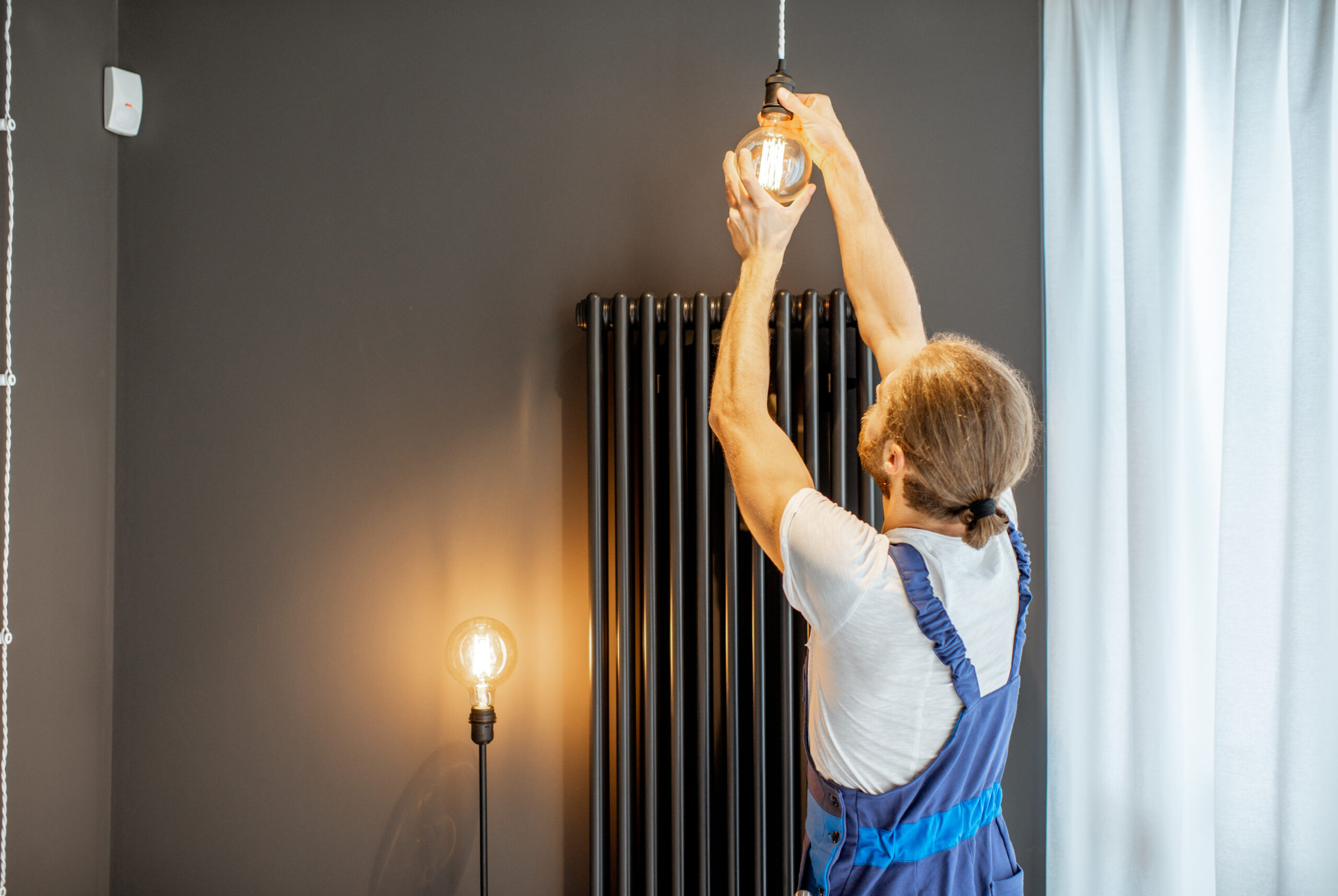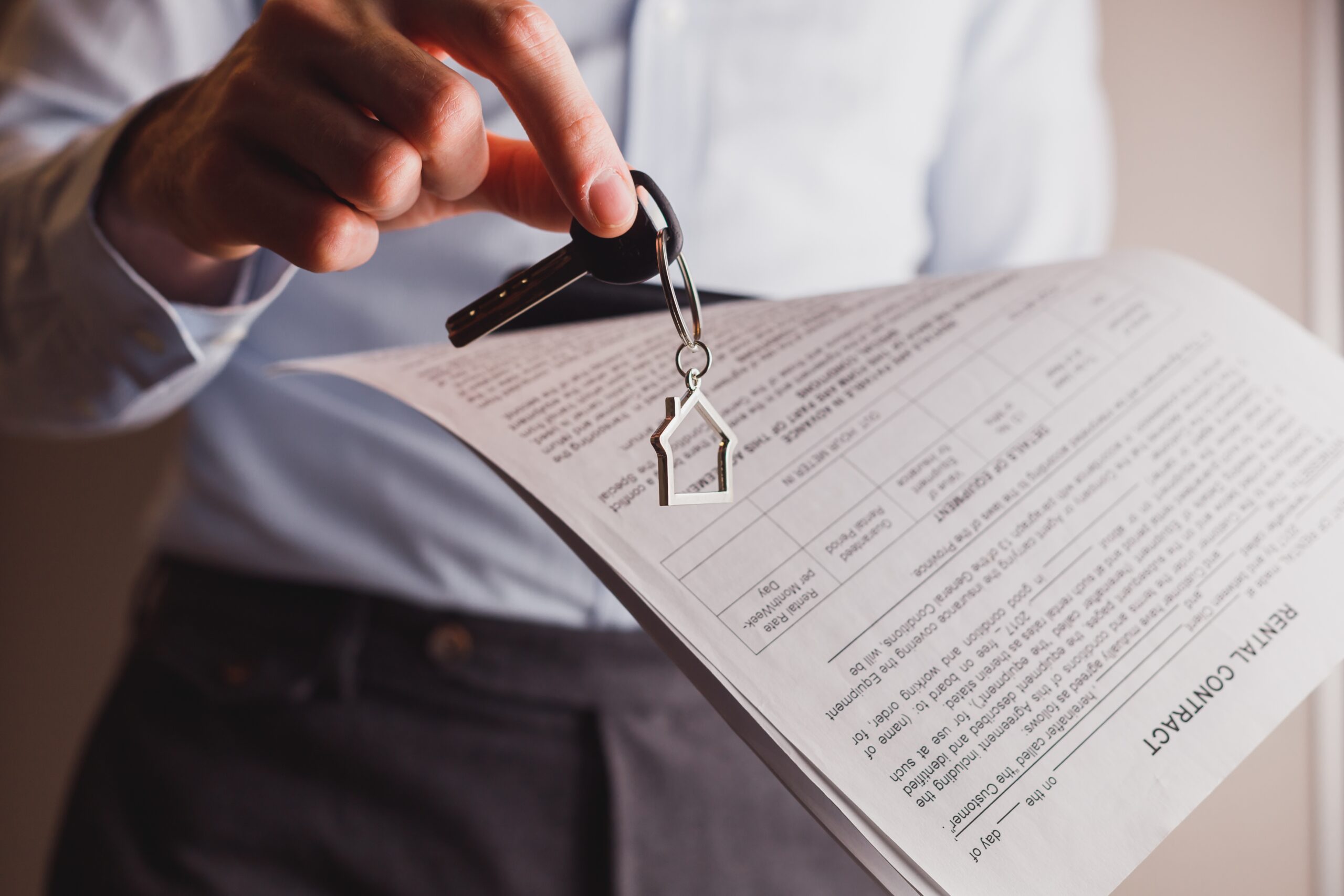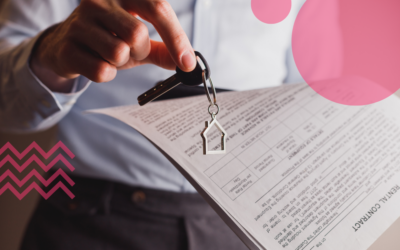Repairs are one of the most common issues that cause legal disputes between landlords and tenants. As the mediator, property managers need to know and educate both parties on whose responsibility it is to prevent and fix damages.
Urgent repairs
Although there may be differences between states and territories, generally, urgent repairs include: burst water pipes, blocked or broken toilets, serious roof leaks, gas leaks, damage from storms or fires and serious issues with the elevator or staircase.
Tenancy laws across Australia require the landlord or property manager to deal with urgent repair requests within 24 to 48 hours. If they don’t receive a response, tenants are, in most cases, allowed to arrange urgent repairs – up to a certain value (this differs for each state, e.g. in NSW it is $1,000 and in Victoria, it is $1,800). Tenants have the right to receive compensation for any urgent repair expenses that they are not personally responsible for.
To avoid confusion and disputes, landlords should clearly outline the procedure for emergency repair situations in the lease agreement. Specifically, the agreement should cover the repairs that are deemed urgent, the course of action to be taken, and all after-hour contact numbers including those for tradespeople (if the tenant cannot get a response from you or the landlord).
Non-urgent repairs
In most cases, it is the landlord’s responsibility to take care of non-urgent repairs and routine maintenance that doesn’t compromise the tenant’s safety, such as leaky taps or broken door handles. Here are a few tips to note for specific types of non-urgent issues:
Mould
If the mould is caused by problems with the property, such as a roof leak, then it is the landlord’s responsibility to remove the mould and make any necessary repairs to prevent future outbreaks. In other cases, the tenant is liable for the mould growth, for example, by letting steam build up in the bathroom. Basically, it is the landlord’s obligation to arrange repairs and maintenance but the tenant’s obligation to keep the place in a reasonably clean condition.
Lightbulbs
Tenants are responsible for replacing lightbulbs, but there may be times when this requires specialist knowledge or equipment such as halogen globes. In these situations, the tenant should be contacting the property manager or landlord.

Drains and gutters
Generally, any drain or gutter blockage that is due to normal wear and tear, (for example from tree roots or dead leaves) is the property manager’s responsibility to address. If the tenant has done something to block the drain, then they must get it fixed themselves.
Smoke alarms
According to the Building Code of Australia, which applies to all states and territories, every property must contain at least one smoke alarm located between the bedrooms and an exit. Landlords are expected to supply and install smoke alarms and replace the batteries before each new tenancy.
Pools
Tenants are responsible for maintenance of the pool, such as clearing leaves and sometimes are also responsible for more regular maintenance depending on the terms in their lease agreement.
Property manager responsibilities
When it comes to rental repairs and maintenance, landlords trust you to have the knowledge and experience to keep things running smoothly. Here is a list of what a property manager is responsible for:
1. Preventative maintenance
As a property manager, you need to be aware of potential issues before they become an emergency. By doing regular maintenance to keep your properties in good condition, you can satisfy your current tenants, attract new tenants and avoid the expense of urgent or after-hour repairs. Examples of regular maintenance include gutter cleaning, rubbish removal, garden pruning, pest control and painting walls to prevent cracks and deterioration. You can stay on top of the maintenance by creating a maintenance schedule as part of your task calendar.
2. Obtain permission for major expenditures
For repairs that cost over a certain amount (value differs between states), property managers need to provide the landlord with a quote and gain permission to proceed. There are exceptions, however, for urgent repairs – when the tenant does not get a response from the property manager or landlord, they can contact a tradesperson directly to avoid property damage and personal effects liability.
3. Supervising and communicating
It is also the property manager’s responsibility to oversee any repair or maintenance work, respond promptly to tenant queries, liaise with landlords and keep both parties informed about the repair process.
Property managers play a key part in the rental repair process. By making sure that all parties understand their rights and responsibilities, you can prevent rental disputes that end up in front of a tribunal.
“
Since signing up to Property Space Leases, the workflow of our office has been made easier, quicker and more efficient!
Kelsey Davies – Marvel Realty, Gregory Hills
Book a demo
Please fill the information below and one of
our team will be in contact soon
Related Articles
New Feature Release – March 2022
Updated Agent Dashboard Have greater awareness of your agency's activities with the Agent Dashboard. Displaying your lease and TAI stats along with the status of your ingoing inspections.Default select your sender preferences We're helping maintain efficiency as you...
Here is why you should: Utilise our Digital Solutions to Save Time!
#1 Digital Leases Have your tenants access and sign their lease directly from their mobile device with our digital leases. The completed lease is automatically emailed to the tenants, landlords and other selected recipients. Fully brand your digital leases as you...




